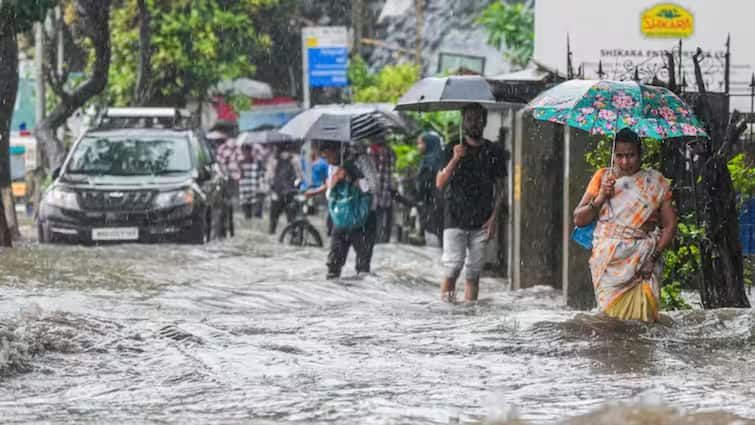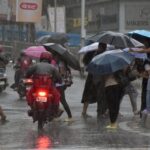The Delhi-NCR region woke up to pleasant weather on Monday, thanks to steady monsoon showers that began late Sunday night. The rainfall brought a welcome relief from the scorching heat and humidity that had gripped the capital for days.
Residents in Delhi, Noida, Ghaziabad, and Gurugram rejoiced as cool breezes and continuous downpours marked a dramatic shift in weather.
#WATCH | Delhi wakes up to rain lashing several parts of the city.
(Visuals from Aurobindo Marg) pic.twitter.com/fK3rxEaQXG
— ANI (@ANI) July 7, 2025
According to the India Meteorological Department (IMD), Delhi recorded a maximum temperature of 35°C on Sunday, 0.5°C above the seasonal average. The minimum temperature stood at 28.8°C.
For Monday, IMD has issued a Yellow Alert, predicting light to moderate rainfall with thunder and strong winds throughout the day. The forecast suggests maximum and minimum temperatures will hover around 33°C and 26°C, respectively.
More Rains In Delhi This Week
The IMD has further indicated that intermittent rain will continue from July 7 to July 11, with overcast skies likely to persist. The Lodhi Road area recorded the highest temperature at 35°C, while Ridge, Aya Nagar, and Palam recorded 34.8°C and 33.5°C, respectively.
After days of dry alerts with no rain, the long-awaited showers have revived hopes for a cooler and more comfortable week ahead. The public is advised to stay updated with IMD alerts and plan travel accordingly as brief spells of heavy rain and strong winds may cause temporary disruption.
Meanwhile, the Air Quality Index (AQI) in Delhi remained in the ‘satisfactory’ category for the 11th consecutive day on Sunday, the cleanest spell recorded so far this year.
At 4 pm, the AQI was recorded at 76, according to the Central Pollution Control Board (CPCB). The air quality has remained below 100 throughout the last 11 days, after plunging from 134 (moderate category) on June 25 to 94 (satisfactory) on June 26.
An AQI between zero and 50 is considered ‘good’, 51 to 100 ‘satisfactory’, 101 to 200 ‘moderate’, 201 to 300 ‘poor’, 301 to 400 ‘very poor’, and 401 to 500 ‘severe’.









